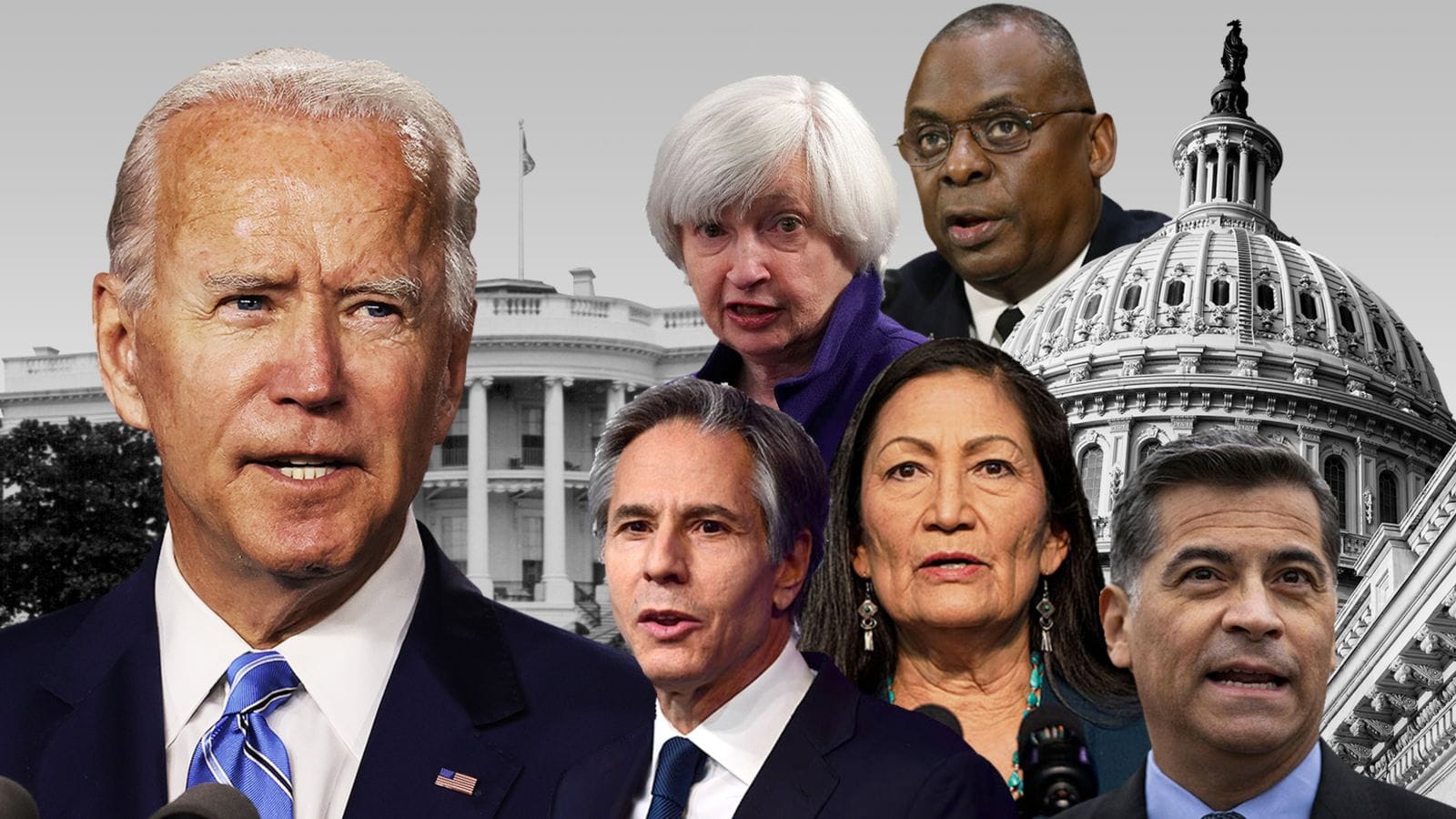In recent developments, antitrust regulators in the United States have intensified their scrutiny of major investment firms, including BlackRock, regarding their impact on competition within the coal industry. This investigation, largely spurred by concerns over market concentration and corporate governance, aims to assess whether these financial powerhouses have unduly influenced the coal market, potentially stifling competition and innovation in energy production.
The significance of this investigation cannot be understated, as it touches on broader themes of corporate behavior, market fairness, and environmental policy considerations. BlackRock, along with other investment giants, has faced increasing criticism for its role in shaping industry dynamics, particularly in sectors such as fossil fuels. These institutions, possessing substantial financial resources, hold considerable sway over the companies in which they invest, raising questions about how their strategies align with both competitive practices and broader societal impacts.
At the heart of the regulators’ inquiry is whether these large funds have engaged in practices that could be deemed anticompetitive. Concerns have emerged that, through coordinated strategies in managing their investment portfolios, these firms may inadvertently or deliberately undermine competition within the coal sector. Critics argue that this could perpetuate a lack of innovation and restrict opportunities for smaller market players, thus influencing the overall health of the coal industry.
The investigation also raises issues related to the ethical responsibilities of investment firms. With the rise of environmental, social, and governance (ESG) considerations in investment decisions, BlackRock and its counterparts have publicly committed to transitioning towards more sustainable practices. However, this has led to accusations of selective compliance, with detractors arguing that the firms may prioritize shareholder returns over genuine efforts to facilitate a competitive and diversified energy market.
The ramifications of this investigation could be significant, not only for the companies involved but also for policymakers and market participants. A finding of anticompetitive behavior could lead to changes in regulations pertaining to investment firms, potentially inhibiting their operational flexibility. Furthermore, it could inspire similar inquiries into other sectors where large corporations wield considerable influence over market conditions.
Regulatory bodies are particularly focused on the potential for larger firms to utilize their substantial financial resources to outmanoeuvre smaller competitors in securing contracts and resources. This creates a situation where the advantages of scale may result in fewer options for consumers and higher prices, counteracting the benefits that a competitive market typically offers.
While regulators have not yet concluded their investigation, the implications of their findings could resonate throughout the investment community. There is a growing sentiment among stakeholders—ranging from consumers to policymakers—that a careful reconsideration of how investment firms operate in sensitive markets may be warranted.
The coal industry, often under siege from environmental advocates pushing for a transition to renewable energy sources, has found itself in a precarious position. With pressure mounting to reduce reliance on fossil fuels, the continued vitality of this sector hinges not only on market forces but also on the strategic decisions made by financing entities such as BlackRock. As antitrust officials delve deeper into these relationships, it is crucial to assess whether the current landscape permits fair competition or if it instead fosters an environment ripe for monopolistic tendencies.
As the conversations surrounding energy policy evolve, the connections between investment giants and coal companies will likely continue to attract scrutiny. Moving forward, regulatory agencies may seek to develop clearer frameworks that delineate acceptable practices for large investment firms in sectors characterized by limited competition.
This case presents an opportunity for a broader dialogue on the role of finance in shaping market outcomes and the responsibilities of investment firms in fostering a competitive landscape. By investigating the intricacies of these relationships, regulators aim to strike a balance between facilitating capital flow and preserving the integrity of competition within vital industries.
In conclusion, the investigation into BlackRock and its fellow fund giants represents a critical juncture in evaluating how corporate behavior and investment strategies influence competition within the coal sector and the broader energy market. Rather than simply focusing on the surface-level impacts of market dynamics, a comprehensive assessment of these relationships will be necessary to ensure that competition flourishes, benefiting consumers and the economy alike. As the regulatory landscape continues to evolve, the outcomes of this probe may serve as a pivotal reference point for future engagements between the financial sector and traditional industries.



